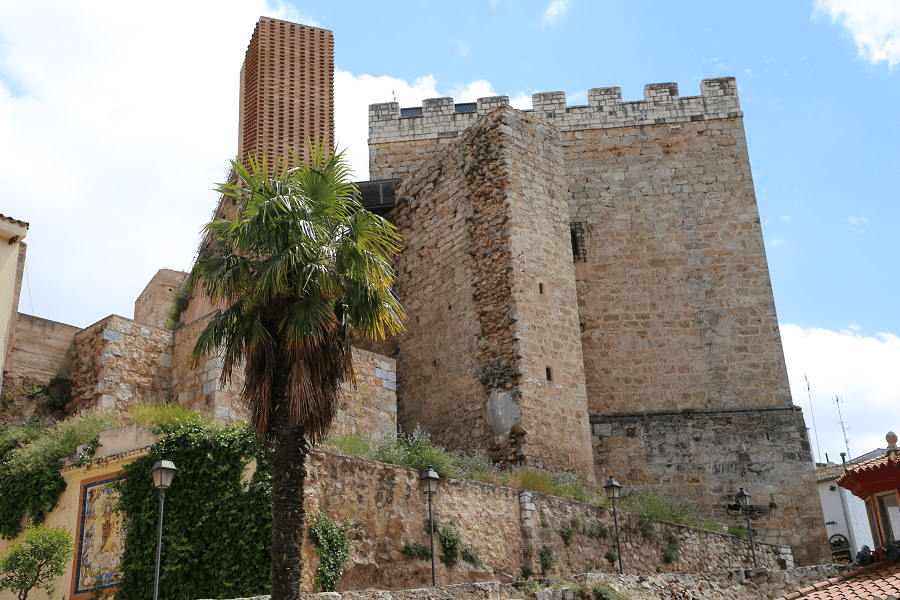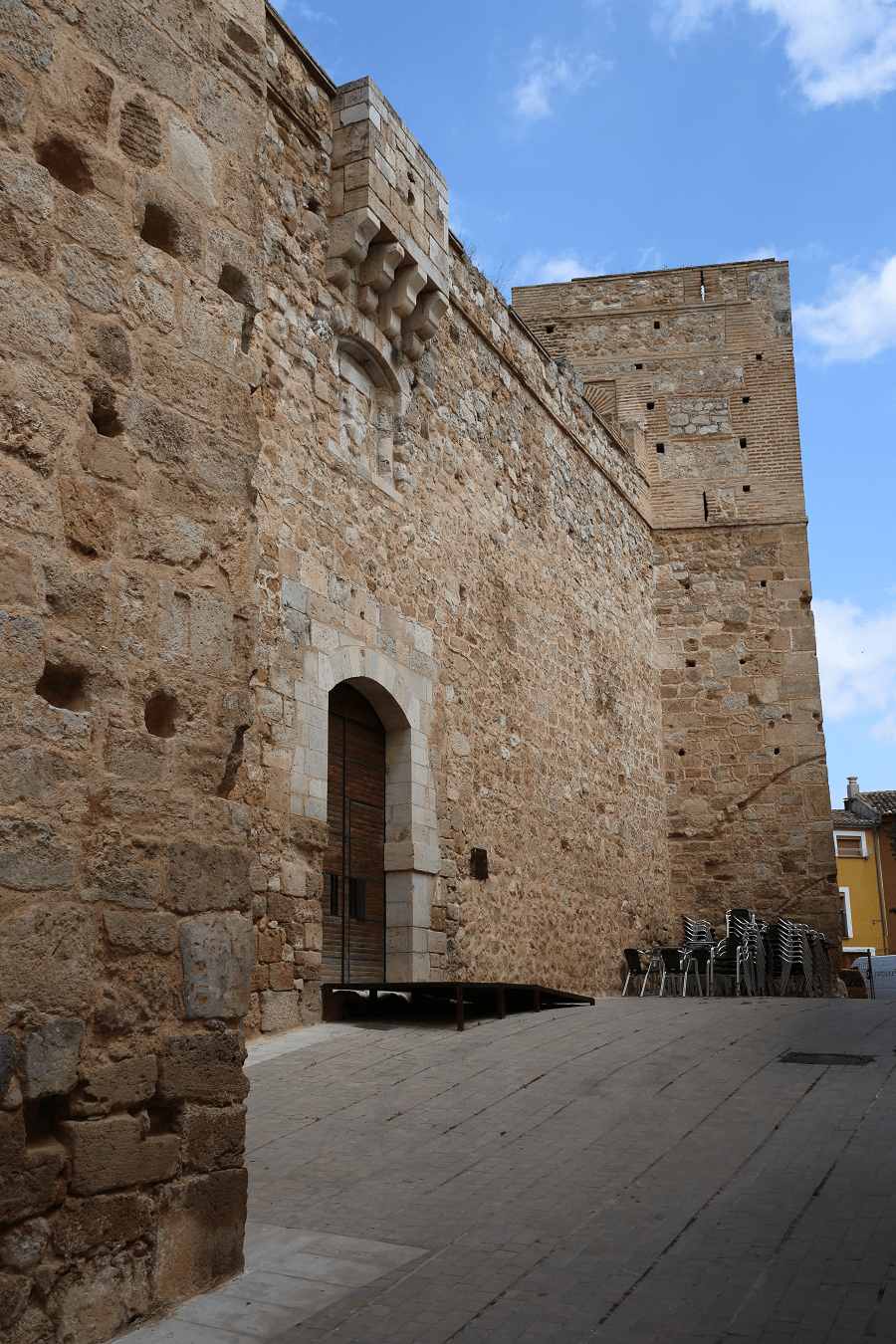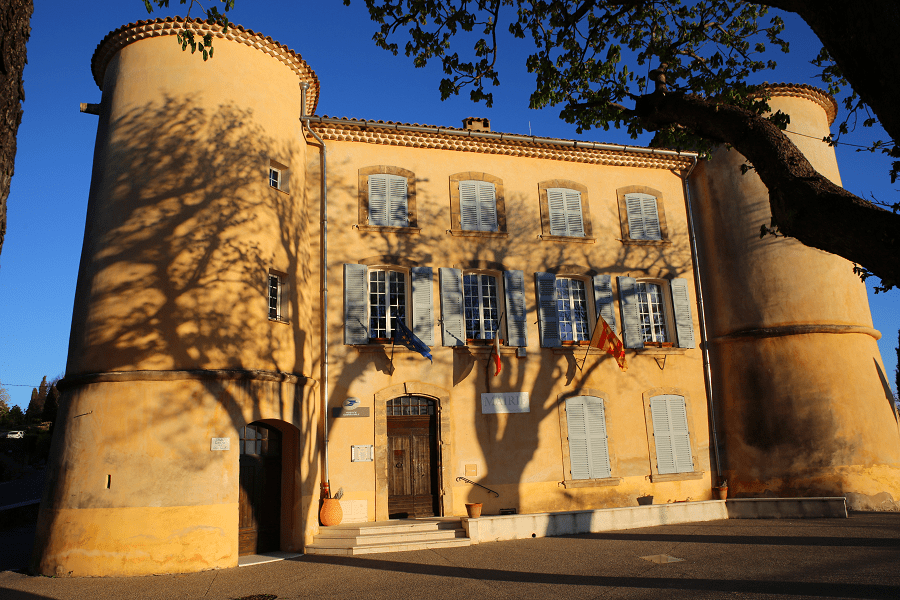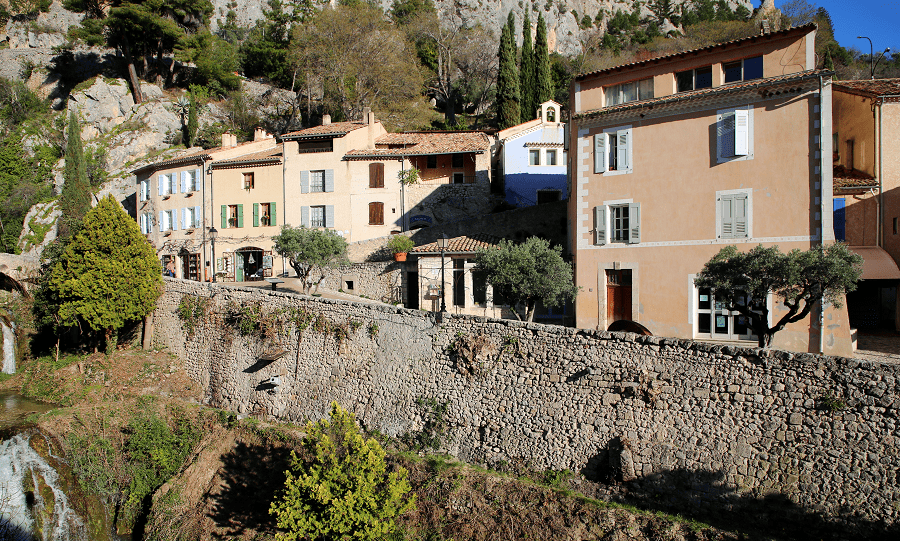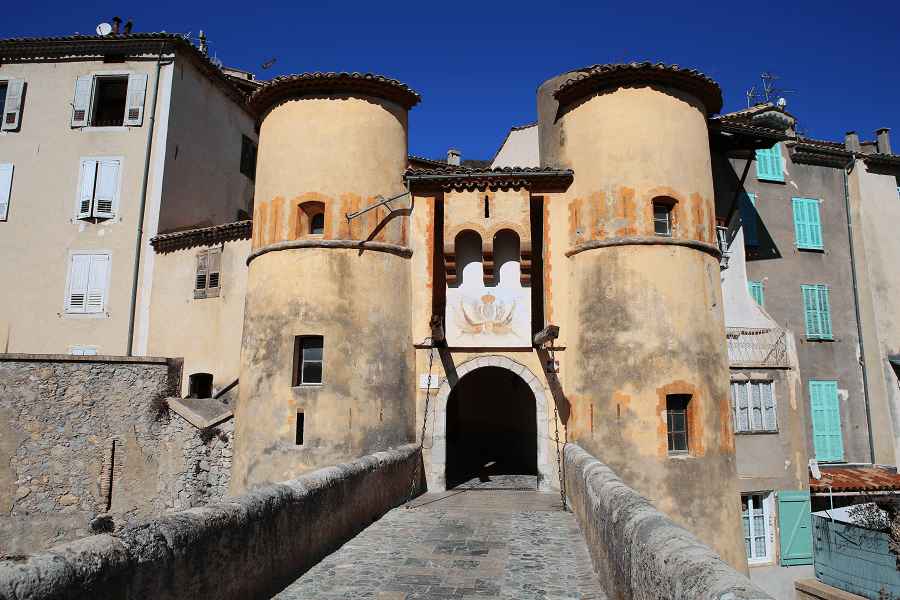Requena is a municipality in eastern Spain, in the Community of Valencia, located on the left bank of the river Magro.
The town used to be a Moorish fortress, occupying a strong position in the mountainous region of Las Cabrillas (1000 metres). It is dominated by the ancient citadel of the Moors, and still has traces of the original town walls. There are three ancient parish churches; San Nicolás, the oldest, dates from the 13th century, but was partly restored in 1727. Near the town are the sulphurous springs of Fuentepodrida.
In the 1960s, the city was almost entirely devoted to grape growing and wine production. With an area of about 18,000 hectares, the city is one of the municipalities in Spain with the largest vineyard area.
The vineyards of Utiel-Requena are located around two towns, Utiel and Requena, at an altitude of 600 and 900 m, farthest from the coast. The soil in the south is composed of marl and clay with an underlay of sandstone, while in the Magro Valley the soil is alluvial.
The most common grape variety is red Bobal, but most of the area is divided between Tempranillo and Garnacha.
The most common white grape is Macabeo, followed by Mersegera.
The curiosities of the climate and the height of the vineyards make the grapes ripen here faster than anywhere else in Spain.
- Main activity: agricultural
- Main crop: wine
- Main grape variety (> 80%): Bobal
- Wine production: 1 666 484 Hl
Approximately 44% of bottled wine production is consumed within Spain, while the rest is exported, the main importer is Germany, followed by the Netherlands and the United Kingdom.
Bobal is a variety of Vitis vinifera, a red grape used in winemaking. The presence of Bobal in Utiel-Requena was documented in the 15th century in “Espill o llibre de les dones” by Jaume Roig. The name derives from the Latin bovale, in reference to the shape of a bull’s head.
Tourism and main attractions
The Barrio de la Vila, also called the Medieval Recinto de Requena, is an Asset of cultural interest.
The Barrio de la Villa, is the oldest in Requena, and in it the first signs of population can be found. Already in the Almohad period, the Villa has an urban structure typical of Hispanic-Muslim cities.
Its base is located on a limestone promontory, which provided a natural defense, in addition, it had a wall and its corresponding defensive towers, as well as the different access gates to the city.
The Barrio de la Villa was declared in 1966 a National Historic-Artistic Site. Within the Vila precinct, we can highlight the following buildings, monuments or characteristic places due to their historical-artistic importance:
Calle de Santa María,
Callejón de Paniagua,
Casa de los Pedrón,
Casa de Santa Teresa,
Casa del Arte Mayor de la Seda,
Cuesta de las Carnicerías or San Julián,
Cuesta del Castillo,
Cuesta del Cristo,
Cuesta and Puerta del Ángel,
Cuevas de La Villa,
Church of San Nicolás de Bari,
Church of Santa María,
Parish Church of El Salvador,
La Alcazaba,
La Fortaleza,
La Judería,
The Medina (urban nucleus of the Villa),
Palacio del Cid,
Plaza de La Villa,
Plaza del Castillo
Torre del Homenaje.
Its layout is irregular, the citadel being located in the northernmost and highest area; despite the fact that after the Christian conquest a remodeling with a more regular layout was carried out. The exact place where the mosque was located is not known, although it is believed that it was in the place that currently occupies the Church of Santa María.
Museums
Museum of Contemporary Art Florencio de la Fuente. The museum is located on the Cuesta del Ángel in the Villa neighborhood and has the best works by Florencio de la Fuente as well as some works by Miró, Dalí, Tàpies, Rueda, Torner, Valdés, Miquel Navarro, Bores, Mompó and José Bautista . It also has works by young authors such as Castrortega, Cristina López Ramírez and figures of South American art such as Guayasamín or Japanese such as Keiko Sato.
Requena Municipal Museum. It was created in 1968 and is located in the old Convent of El Carmen. It currently offers permanent collections on anthropology and ethnology inherent to the ancient settlers of the region. There is also the wine museum, a section dedicated to oenology, viticulture and everything related to the wine.
Museum of rural life and wine: Caserío de Sisternas. Houses of Eufemia. It is located 16 kilometers from Requena. This museum-village shows the way of life that has accompanied viticulture.
The Harvest Festival Museum was inaugurated on August 26, 2013 thanks to an agreement signed by the Requena Town Hall and the Harvest Festival Association to transfer the recently restored building on Calle Santa María with the objective of being able to be used as a museum.
Restaurants
There are no Michelin list restaurants in Requena.
Transport and how to get there?
There are services of regular buses between Requena and Valencia, as well as between Requena and other localities of their region.
Requena has two railway stations with direct connection with major Spanish cities. With the AVE, the distance between Requena and Valencia is reduced to 23 minutes, between Requena and Madrid – to 1 hour and 30 minutes.
Main information
Area: 814 sq. km (municipality)
Coordinates: 39°29′10″N 1°6′6″W
Population: 20 400 (municipality)
Languages: Spanish, Valencian
Currency: Euro
Visa: Schengen
Time: Central European UTC +1



